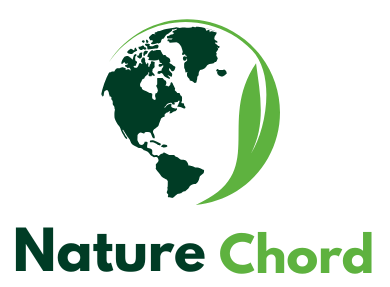The Future of Eco-Friendly Home Design
In an era where sustainability is no longer a choice but a necessity, the realm of home design is undergoing a remarkable transformation. The future of eco-friendly home design is filled with innovative materials, cutting-edge technology, and renewable energy solutions that promise to redefine how we live. This exciting journey towards greener living not only benefits the environment but also enhances the quality of life within our homes. Let’s delve into the elements shaping this future.
Innovative Materials Revolutionizing Homes
The future of eco-friendly home design is being reshaped by the introduction of innovative materials that prioritize sustainability without sacrificing aesthetics or functionality. One such material making waves is reclaimed wood. This versatile and attractive option is salvaged from old buildings, barns, and even wine barrels, offering homeowners a unique piece of history in their interiors. Reclaimed wood not only reduces the demand for new timber but also minimizes waste, making it an ideal choice for environmentally conscious home builders and renovators.
Another groundbreaking material is mycelium, the root structure of mushrooms, which is gaining traction as a sustainable alternative to traditional building materials. Mycelium can be used to create lightweight, biodegradable bricks and insulation that are strong, fire-resistant, and possess excellent thermal properties. This eco-friendly option is not only renewable but also requires minimal energy to produce, presenting a promising solution for reducing the carbon footprint of construction practices.
Smart Technology for Sustainable Living
Smart technology is at the forefront of sustainable living, revolutionizing the way we interact with our homes to promote energy efficiency and conservation. Smart thermostats, for instance, learn homeowners’ habits and adjust heating and cooling accordingly, drastically reducing energy waste. These devices can be controlled remotely through smartphones, allowing users to make real-time adjustments and optimize energy usage even when they’re not at home.
Another significant advancement is the integration of smart water systems, which allow for precise monitoring and management of water consumption. These systems can detect leaks, track water usage, and even suggest ways to conserve water. By making use of such intelligent solutions, homeowners can significantly reduce their water footprint, contributing to the conservation of this precious resource while also lowering utility bills.
Energy Efficiency and Renewable Solutions
Energy efficiency is a cornerstone of eco-friendly home design, and the adoption of renewable energy sources is paving the way towards a more sustainable future. Solar panels have become increasingly popular, transforming homes into mini power stations. These panels convert sunlight into electricity, providing a clean and renewable source of energy that can power a home, charge electric vehicles, and even feed surplus energy back into the grid.
In addition to solar energy, advancements in wind and geothermal technologies are offering new opportunities for homeowners to embrace renewable energy solutions. Small-scale wind turbines and geothermal heat pumps are becoming more accessible, allowing homeowners to harness natural energy to power their homes efficiently. These technologies not only reduce reliance on fossil fuels but also provide cost savings in the long run, making them a smart investment for the future.
Embracing a Greener Future in Home Design
The drive towards a greener future in home design is not just about adopting new materials and technologies but also about fostering a mindset that prioritizes sustainability. This involves designing homes that are in harmony with their natural surroundings, utilizing passive solar design principles to maximize natural light and ventilation. By considering orientation, window placement, and shading, homeowners can reduce energy consumption while creating comfortable living environments that connect them to the outdoors.
Incorporating green spaces into home design is another trend gaining momentum, with living walls and rooftop gardens becoming more popular. These elements not only enhance the aesthetic appeal of a home but also improve air quality, provide insulation, and support biodiversity. By integrating nature into our living spaces, we can create homes that are not only beautiful but also environmentally responsible.
The future of eco-friendly home design is bright, promising innovations that not only reduce our environmental impact but also enhance our living spaces. By embracing cutting-edge materials, smart technologies, and renewable energy solutions, homeowners can contribute to a more sustainable world while enjoying the benefits of a greener lifestyle. As we look forward, the commitment to sustainability in home design will continue to evolve, driven by creativity, technology, and a collective desire to protect our planet for future generations.
